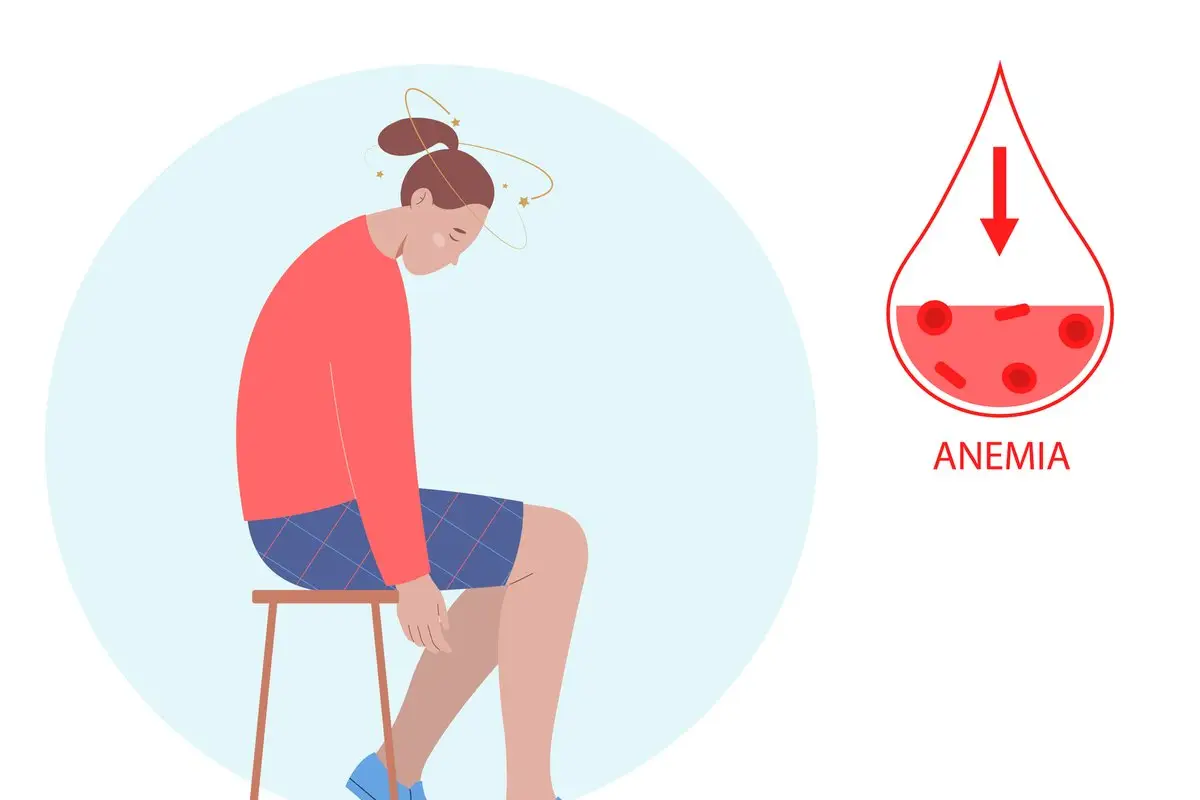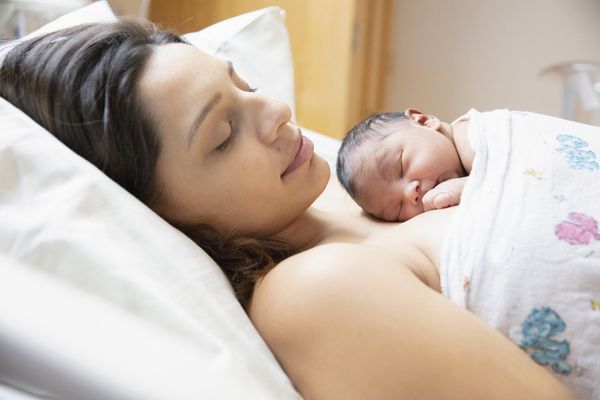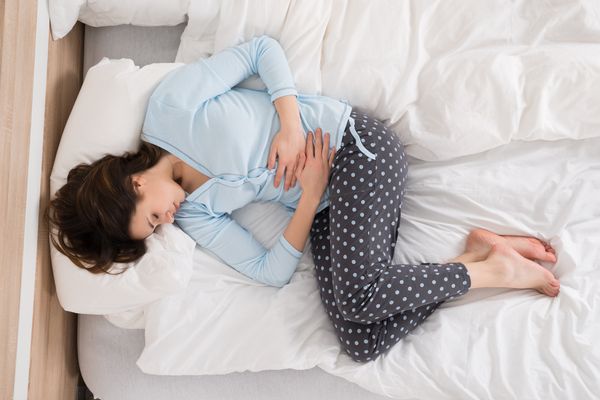Iron deficiency, or not having enough iron in your blood, is a common health condition among women. But why do you need iron and why might you not have enough? Let’s dig into what iron does and what can cause iron deficiency.
What is iron deficiency?
Iron is an essential mineral. It makes hemoglobin, a protein that carries oxygen in your blood to your body’s tissues and organs. If you are iron-deficient, not enough oxygen will circulate in the bloodstream.
A common type of iron deficiency is iron deficiency anemia.
Anemia is a blanket term for not having enough healthy red blood cells. There are several kinds of anemia, including sickle cell anemia and vitamin deficiency anemia. A common type is iron deficiency anemia. It is generally a slowly progressing condition and symptoms develop over time.
You can also have iron deficiency without anemia. This happens when two proteins in your blood, ferritin and transferrin, are low. Ferritin stores iron while transferrin transports or moves it. So if you have low ferritin and transferrin levels, but normal hemoglobin levels, you might have iron deficiency without anemia.
What causes iron deficiency?
The most common cause of iron deficiency is blood loss. For premenopausal women, this could be through heavy and frequent periods. But blood loss could also be less obvious, like slow bleeding in the gut (gastrointestinal tract). Slow but continuous bleeding can cause iron deficiency anemia.
Other causes for low iron levels include not consuming enough iron through your diet or malabsorption (not absorbing the iron in your food). This can be caused by certain diseases and conditions, such as:
- Celiac disease
- Peptic ulcer disease
- Inflammatory bowel disease (Crohn’s disease and ulcerative colitis)
- Having had gastric bypass surgery
Who is at risk for iron deficiency?
Anyone can develop iron deficiency, but some people are at higher risk, such as people who don’t eat enough iron or who can’t absorb it. People who follow a vegetarian or vegan diet are at higher risk because meat is a good source of iron. Premenopausal women are in this group, too, as well as women who are pregnant, nursing or post-partum (after birth).
What are symptoms of iron deficiency?
At first, symptoms of iron deficiency can be easy to miss or mistake for other health problems. Once the deficiency worsens, the symptoms may become more serious.
If you have iron deficiency without anemia, you may experience:
- Weakness
- Fatigue
- Difficulty concentrating and completing tasks
- Irritability and other, personality changes
- Fibromyalgia
- Restless leg syndrome
If you have iron deficiency anemia, you may experience:
- Fatigue
- Weakness
- Shortness of breath, especially after being physically active
- Rapid heartbeat
- Chest pain
- Sounds of your heart beating in your ears (a whooshing sound)
- Headaches
- Cold hands and feet
- Poor appetite
- Unusual food cravings, like ice or clay (pica)
- Painful tongue
- Brittle nails
- Hair loss
How is iron deficiency diagnosed?
Your healthcare provider (HCP) might suspect iron deficiency based on your symptoms. Blood tests can confirm this by measuring the red blood cells and hemoglobin for iron deficiency anemia, and ferritin and transferrin levels for iron deficiency without anemia.
Once you’ve been diagnosed with iron deficiency, the next question is why this happened. If the answer isn’t obvious, such as heavy and frequent periods, it may take more testing. Tests can include:
- Urine tests, to make sure your kidneys are working and to check for blood in your urinary tract
- Fecal occult test, to look for hidden blood in your poop
- Bone marrow aspiration or biopsy, to see if your blood marrow is making normal amounts of blood cells
- Colonoscopy, to check for any signs of bleeding in your colon
- Endoscopy, to check for blood in your stomach and upper small intestine
Genetic blood tests, to reveal if you have a rare disease called iron-refractory iron deficiency anemia
How is iron deficiency treated?
Treating iron deficiency depends on what caused the problem and how severe it is. If you are anemic because of heavy periods, your HCP may recommend taking birth control pills to regulate them. Also, a progestin-releasing intrauterine device (IUD), which thins the uterine lining and decreases the amount of blood loss during periods, may help increase hemoglobin and ferritin levels.
If your iron deficiency is caused by a bleed in your gastrointestinal system, your HCP will need to do more tests and treat the cause of the bleeding. If the problem is caused because you are not absorbing the iron you eat, treating that cause may increase your iron levels.
If you need more iron, just adding iron-rich foods to your diet and taking iron-replacement therapy may be enough to help you feel better and prevent serious complications. There are both prescription drugs and over-the-counter iron supplements, and these work in different ways.
Regarding iron from food, keep in mind that your body absorbs iron from animal-based foods (heme iron) better than from plant-based iron sources (non-heme iron). Up to 30% of heme iron is absorbed from our food, while only 2% to 10% of non-heme iron is absorbed.
Foods that provide iron include:
- Meat (beef, chicken, lamb, pork, etc.)
- Fish and seafood
- Enriched bread, pasta, rice
- Bran and oat cereals
- Figs, dates, raisins and prunes
- Broccoli
- String beans
- Dark leafy green vegetables, such as spinach and kale
When buying prepared foods, you can look at the nutrition label to see how much iron is in the product.
A blood transfusion can also give you iron, if necessary.
If you’re at risk or have symptoms of low iron levels, talk to your HCP about getting tested and treated for iron deficiency.
This resource was created with support from Viatris.
- Boost Your IDA IQ: An Overview of Iron Deficiency Anemia ›
- Are You at Risk for Iron Deficiency Anemia? ›
- Iron Deficiency Anemia: Get the Facts ›
- Iron Deficiency Anemia and Heavy Periods: What’s the Connection? ›
- Iron Deficiency Anemia Can Cause Serious Problems for Pregnant Moms and Their Babies ›
- 9 Low Iron Symptoms: Could You Have an Iron Deficiency? ›







